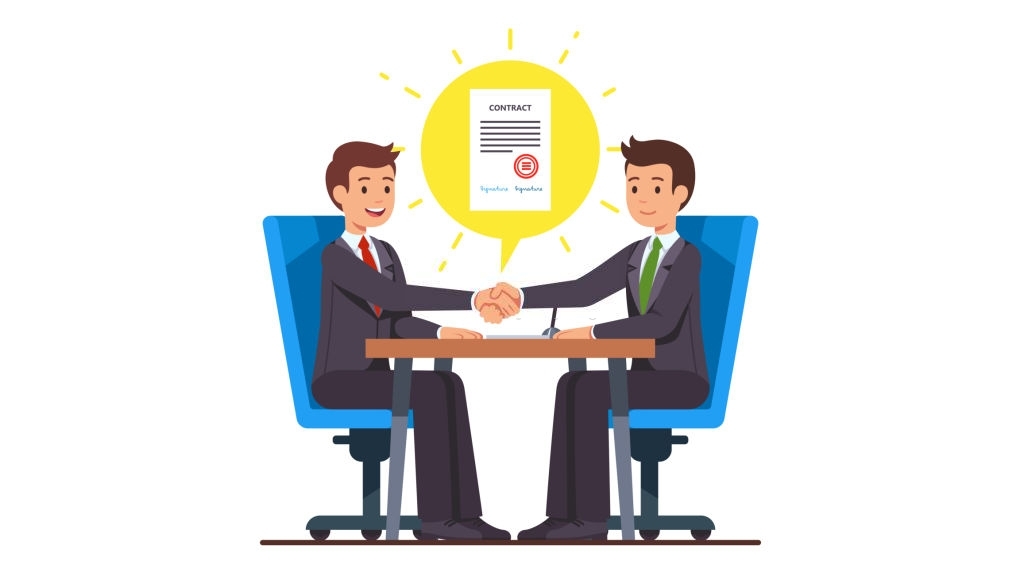Imagine this: After you have completed a productive meeting with your HNW clients, s/he hands you over their investment portfolio to get a quick analysis of what you think. This is crucial because your research will play a big part in convincing them to hire you as their new financial advisor.
How do you approach the task?
While there are many ways to do it, simplicity is vital. Therefore, we have broken down the process into four easy step-by-step procedures. The goal of these steps is to help you analyze the data so that you can land their business.
Now, let’s find out:
Step 1: Assessing the Prospect

To start the analysis, you first have to assess the prospect as well. Simply reviewing the prospect’s investment statements without considering their nature will derail you from adding extra value.
Instead, your analysis is more likely to please them if you look at their investments with more context. What are the things you should consider?
- Their risk tolerance
- Their future goals
- Their time horizon
- Their current financial situation
You could collect this information by asking the right questions during the meeting or using a client intake form.
Step 2: Evaluating their current assets

Now that you already know about their future goals, use that as a frame of reference to evaluate their current assets. You can find some information in their investment statements or use a professional tool for financial advisors, like Morningstar Advisor Workstation SM. It allows you to gather additional data.
Also Read: 10 Most Effective Marketing Tools forFinancial Advisors
Let’s look at a few of the high-level topics and questions you should review:
1. Understanding overall asset allocation:
How are general equity, property assets, gold, and fixed income balanced in their portfolio? Is the balance aligned with their financial goals and risk profile? Do they have any alternative investments?
These are the questions that will help you better understand the overall asset allocation of the client.
2. Breaking down the exposure of asset classes:
Are their portfolios appropriately diversified among the different asset classes? Do the relative weights in their portfolio remain consistent with similar breakdowns you use? Does the fixed income guard the current and future interest rates appropriately?
3. Finding out if they have an overweight or underweight region:
Are their portfolios overtly concentrated or lacking in any investment region? How is this concentration or the lack of it affecting their overall risk profile?
4. Tax and security type:
Is your prospect more invested in mutual funds, equity, or exchange-traded funds? Are their investment assets like closed-end funds, individual bonds, or unit investment trusts not in the purview of your expertise? Did you find any significant gains that are likely to be taxed and should be addressed immediately?
Step 3: Identifying the critical investment features

If you want to deep dive into their investments, metrics will be crucial to your success. We’ve highlighted some of the most important ones, but you can tailor the review in a way that best suits your client’s requirements.
1. Income Yield
How much income are the investments generating, and where is the majority coming from? Fixed income interests, equity dividends, or other places? Is it meeting their needs, and does it have space for evolution as his needs progress?
2. Characteristics of fixed income
What are their effective duration methods and credit quality? Do they appropriately align with the fixed income environment?
3. Reviewing funds

Do you find their fund expenses reasonable, or do you have lower-cost versions of the same fund? How do you think the funds have performed compared to their peers?
- Modern Portfolio Theory Stats
While you can choose how deep you want to go with MPT, here are some of the primary metrics we think will come to good use:
- Portfolio’s risk and volatility (standard deviation)
- The proportional movement of the portfolio compared to the benchmarks (beta)
- Measuring the manager’s performance beyond following benchmark (alpha)
These metrics will help you better understand their investment strategy.
- Trailing returns
Once you have reviewed most of the portfolio characteristics, it is time you take a look at their trailing returns. While it might feel counterintuitive to check them last, it does help you with the valuable perspective of the client’s situation.
Trailing returns give you an idea of the expected returns and then confirm if that is appropriate.
Step 4: Finding the right opportunities

The last step would require you to tie the client assessment with the portfolio analysis. If you find a disconnect between their goals and the portfolio features, you have what you need to seal the deal. You need to ask:
- Are these the appropriate assets?
- Do they meet the prospect’s current and future goals?
To strengthen your analysis, point out actual deficiencies, any room for improvement, or potential risks. For example, you can use:
- Their mix of fixed income and equity
- Focus on asset classes
- Over or under weightage of investments in certain areas akin to the prospect’s goals
- High fund expenses
- Excess risks
However, you might also see that their current portfolio is very well-balanced. In that case, it is okay to tell your client that their portfolio is in good shape. This will go a long way in creating the trust you need to have with your HNW clients.
Also, performance is not the only thing up for competition. Your value addition can also be among the following:
- Future goal plans
Even if current allocations have worked, they could be improved according to your HNW Clients prospect’s future goals. If s/he is nearing retirement age, then you can pitch accordingly.

- De-risking
The last decade has seen high-performing equities, and it could be a good idea to take back some of the profits and reallocate. This will de-risk their investments in case of the market pull that might erase gains.
- Reduce fund expenses
You can reduce fund expenses if they seem to be high by offering lower-cost institutional shares of similar funds. It will save them considerably on the cost of ownership.
These are a few suggestions you can use to add more value to a well-performing portfolio.
However, always remember that when prospects meet other financial advisors, it is probably for a reason.
If you want to offer your HNW clients the best investment opportunities tailor-made for them and globally accepted, then contact CAN. At Continental Associate Network, we offer you legacy planning solutions, life insurance, and many more.





